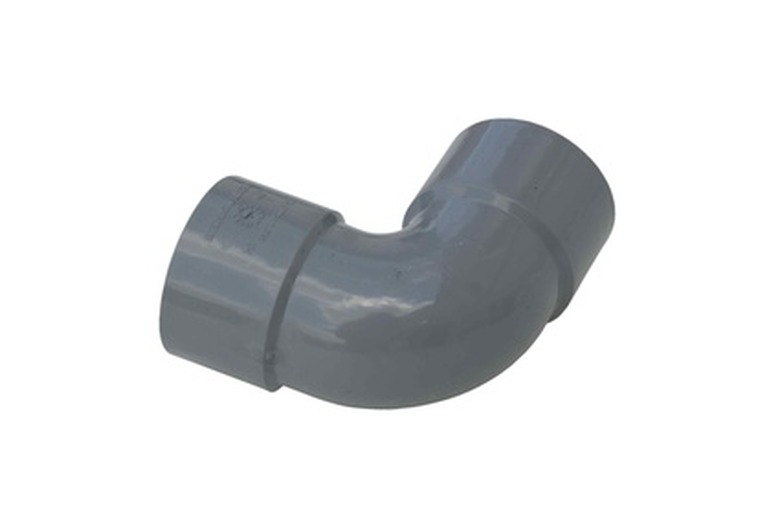How To Attach PVC Pipe To A Wall
Things Needed
-
PVC conduit clamps
-
Two 3-inch screws per clamp
-
Drill
-
Drill bit
-
Phillips-head drill bit
-
Tape measure
-
Stud finder
-
Drywall anchors
-
Pencil
-
Hammer
-
One box 1 1/2 inch screws
Tip
Be sure to select a conduit clamp that fits over the PVC pipe.
Attaching PVC pipes to a wall is also a way to create shelving and racks using PVC.
PVC pipes become a necessity in homes where multiple PVC pipes are used for plumbing. Arranging these pipes in a less evasive manner is extremely important for an individual to continue using their interior space without having large PVC pipe obstacles. Attaching PVC pipes to the walls of the home is the best way to secure pipes to avoid bumping into them on a daily basis.
Vertical-Running Pipes
Step 1
Measure every 24 inches up the length of the PVC pipe. Place one PVC conduit clamp along the pipe at the 24-inch measurement and mark the holes on each side of the clamp. Repeat this until the entire length is marked.
Step 2
Drill through both hole marks for each clamp placement.
Step 3
Place one wall anchor in each drilled hole. Tap them in place using a hammer to ensure the top of the anchor is flush with the wall.
Step 4
Place the PVC conduit clamp over the holes and drive one 1 1/2-inch screw through each hole. Repeat this until all clamps are in place.
Horizontally running pipes
Step 1
Locate the wall studs along the location of the PVC pipe. Mark every other stud along the length of the pipe.
Step 2
Place one PVC conduit clamp over the PVC pipe at each marked location.
Step 3
Drive one 3-inch screw through each conduit clamp hole. Repeat this step until one PVC conduit clamp braces the pipe along every other wall stud.
